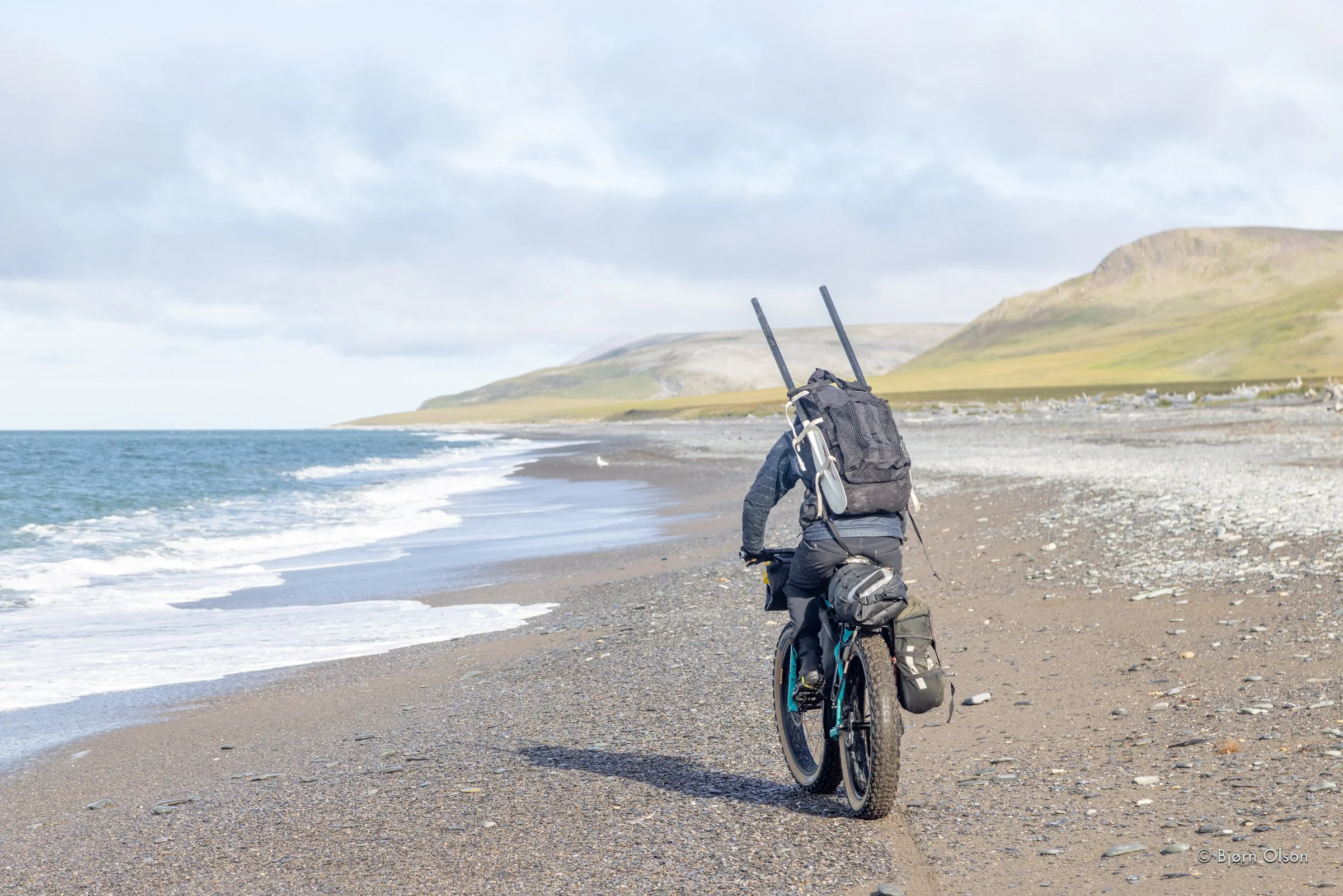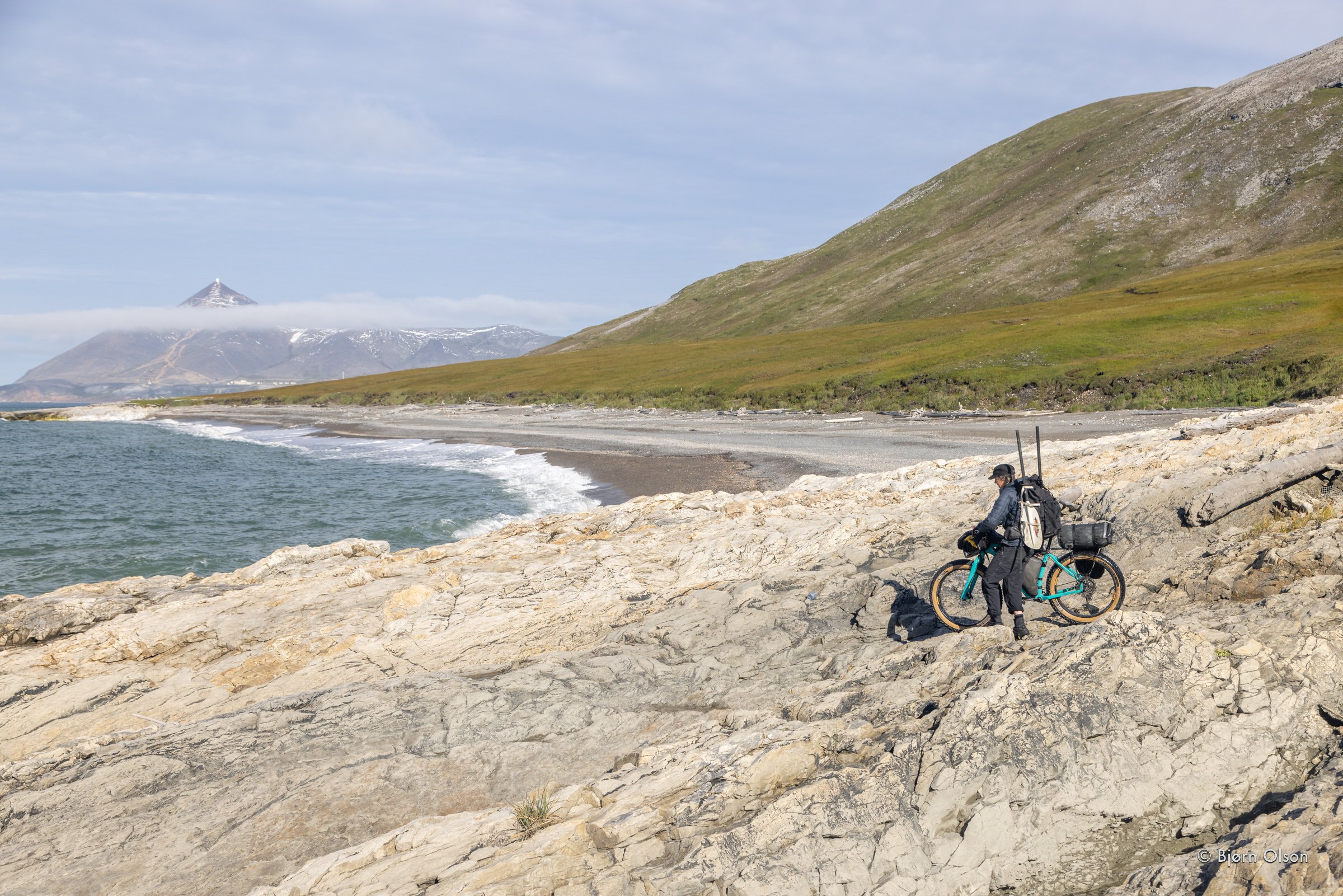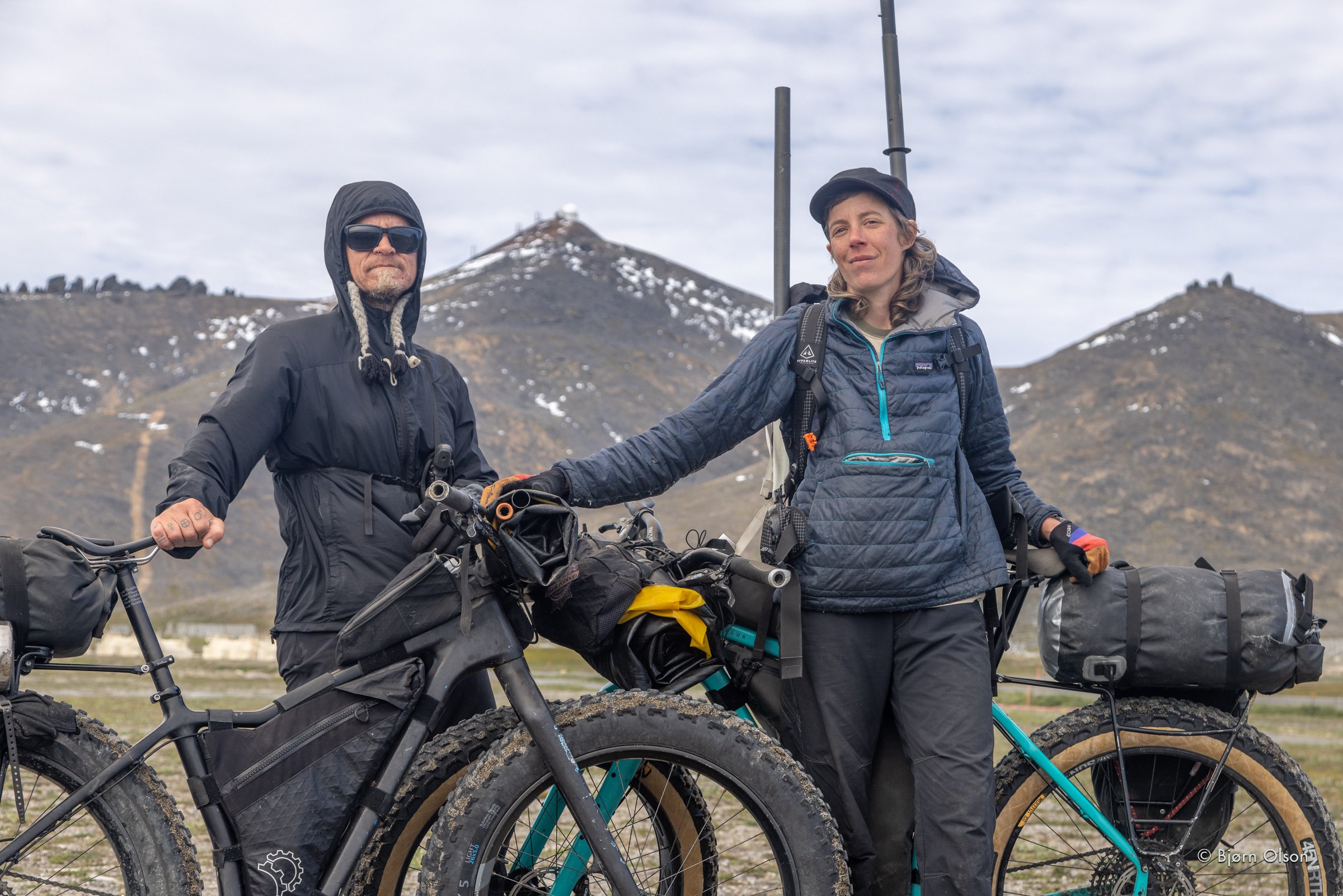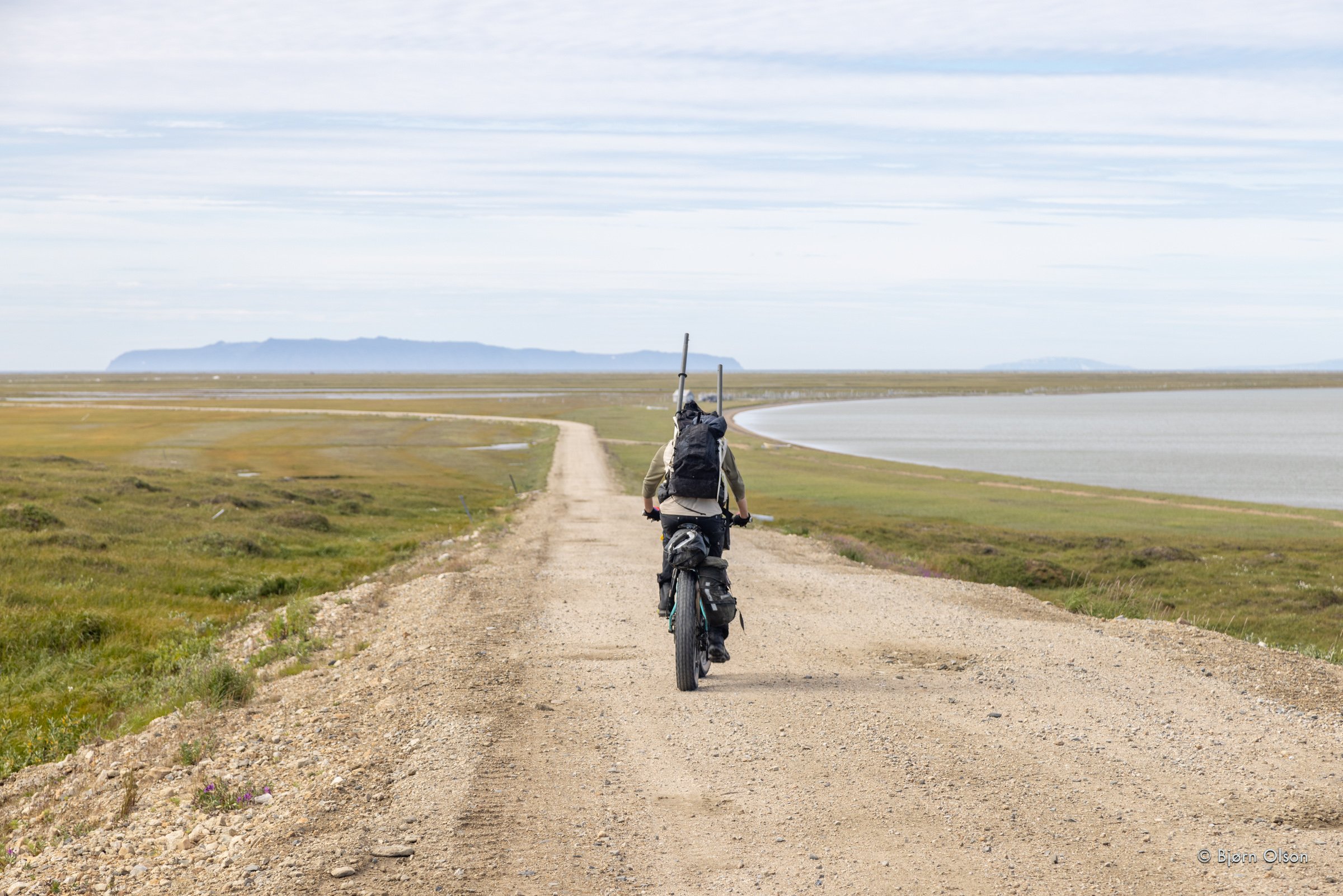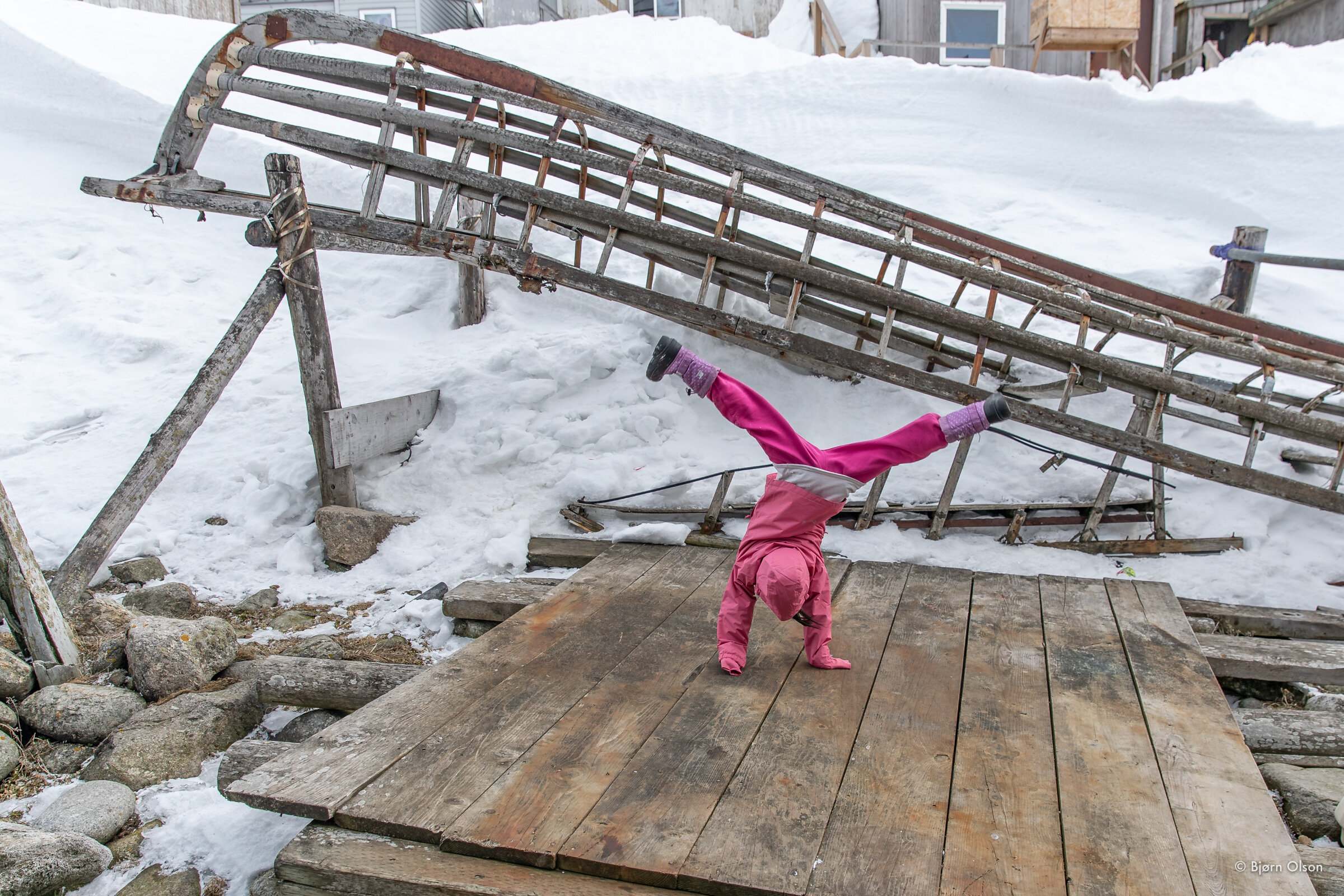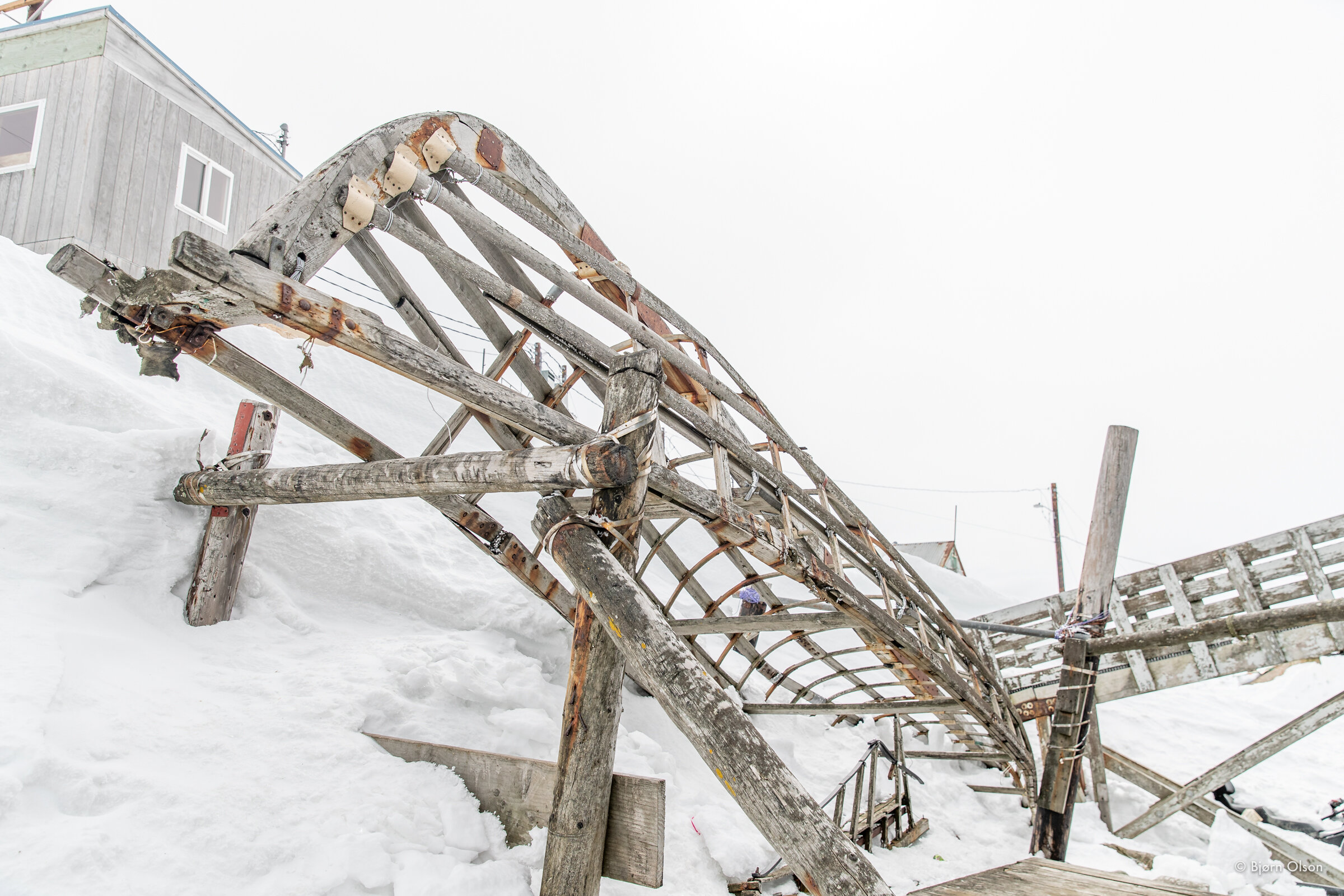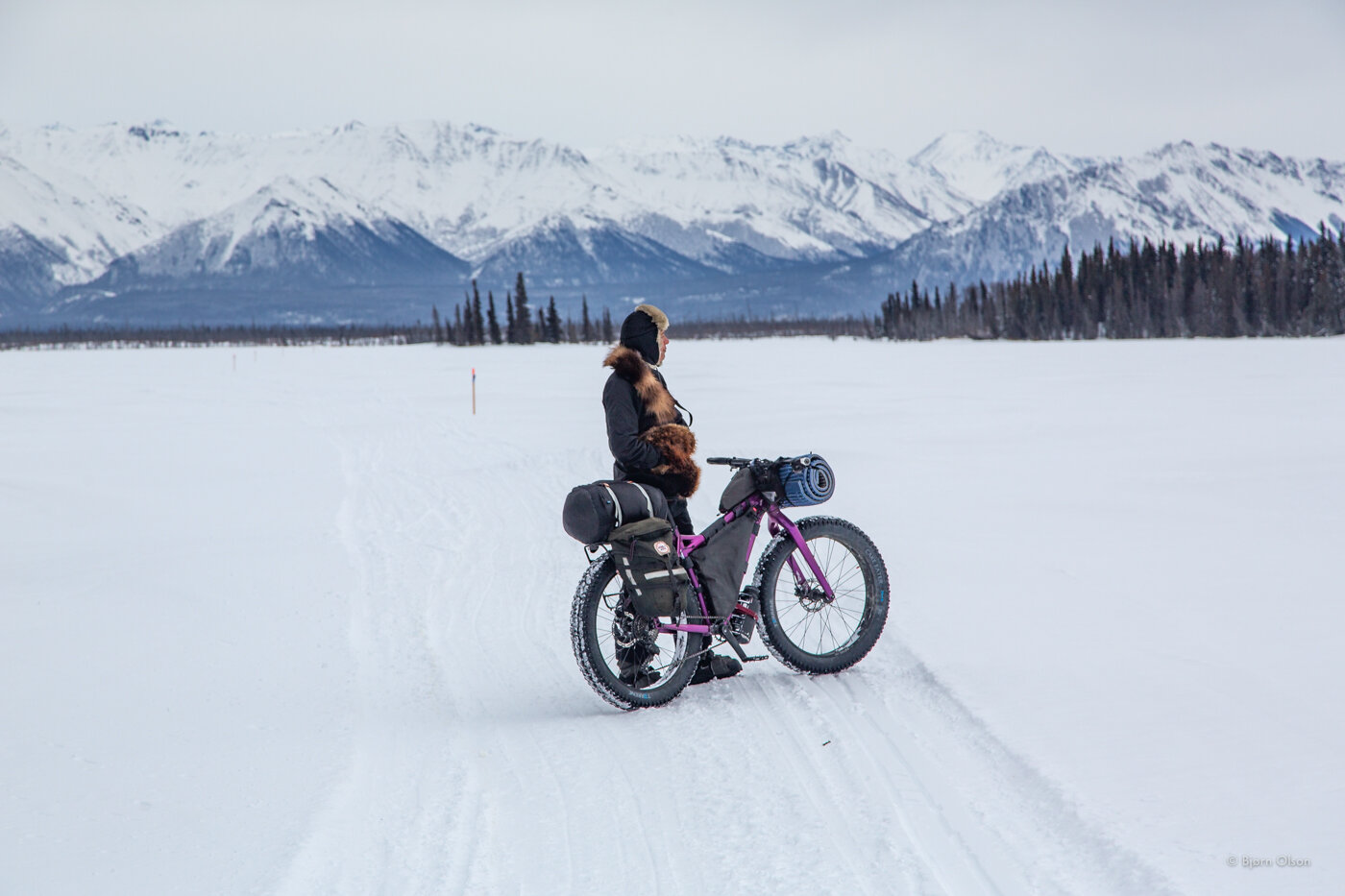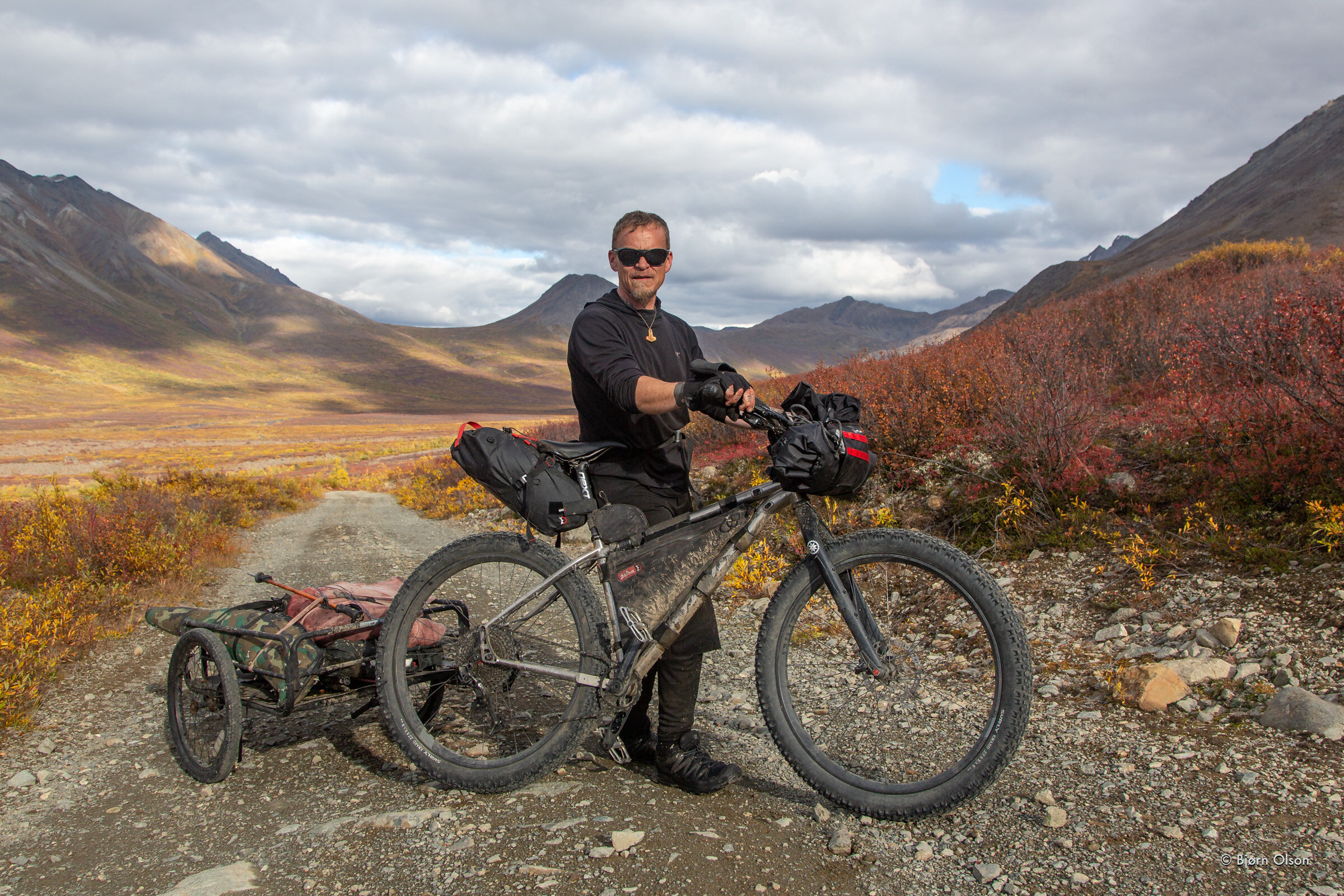Preface:
Whenever discussing whether or not to consume animal flesh, it is important to compartmentalize the discussion into three subjects: ecological, human health and ethics. It is too common, in my experience, to explain a particular point in one category only to have “yea, but what about…” thrown into the quagmire. This whack-a-more approach is frustrating and unproductive.
Each of these three topics deserve our attention, our scrutiny, our deep contemplation, and the resolution thereof before venturing onto the next. In this essay, I attempt to address only one of the three, the one I find most important for our emancipation—human health. In an ongoing book project, I thoroughly address the other two—ecology and ethics. I also provide more research, evidence, references, and context for the topic of this essay—human health and the metabolism of freedom.
The Metabolism of Freedom
-Bjørn Olson
In my early 40s I began to develop diseases of civilization. For years I had been progressively gaining weight, after long trips in the car or on a plane my feet and ankles would swell, and my previously broken knee was always inflamed, often hurting terribly. While on a strenuous backcountry cycling expedition in the sub-Arctic of Alaska, these discomforts reached a new climax.
I have lived an active and adventurous life in Alaska. Backcountry wilderness expeditions are a cornerstone to my identity and have been since my late teens. Traversing vast landscapes at human-speed has served to inform my environmental and social activism.
Traveling through varied landscapes in the far north has enriched and deepened my understanding of ecology, the impacts of climate change, resource extraction, and environmental degradation. Spending time with and learning from Indigenous cultures throughout the Circumpolar region, I have developed a keen sense of what shifting baselines are and have come to intimately appreciate how destructive and disruptive colonization and extraction has been and continues to be.
As I pushed my loaded fat-bike through a miles-long swath of soggy tundra, the pain in my knee became excruciating. Grueling effort is the price to pay for these human-powered expeditions. I had always accepted and even embraced the demanding effort and physical discomfort. This time was different. I kept my pain and doubt to myself, but when our team of four reached the road system I made up a pathetic excuse and bailed out on the final leg of the trip.
Back home I fell into a depression unlike any I had experienced before. I felt fat, broken and exhausted. Suicide crossed my mind when I considered how unfair it would be for my partner to care for me as I became older and less capable. Losing my physical ability to undertake strenuous, human-powered expeditions at such a young age was mortifying for me. My self-made and hard-won identity was slipping through my fingers.
I decided eventually to go to the clinic for a check up. A week later the results of my blood work came back. The long list of markers that were out of range further devastated me.
Metabolic syndrome is defined by having three or more specific biomarkers out of whack. These are blood pressure, triglycerides, HDL, blood sugar, and abdominal adiposity (belly fat). All five were out of alignment for me. More alarmingly, I was pre-diabetic. The physician seemed unfazed. For someone my age, this has become the new normal. She knew how to “treat” me.
Rather than understanding or trying to resolve the underlying metabolic dysfunction, allopathic medicine relies almost exclusively on pharmaceuticals to “treat” each symptom. A band-aid approach that does not holistically correct the root problem but merely treats one symptom in isolation, often with terrible side effects.
I kept the bad news to myself. I was deeply embarrassed by my perceived failure. At the time, I was a sponsored ambassador for an adventure bicycling company and had staked my identity on being an outdoorsman, a wilderness videographer, a subsistence hunter and gatherer, an essayist, and photographer. How could I have allowed myself to fall to pieces like this? A huge component of my wilderness adventure ethic was that of self-reliance, not needing others' help to get me out of the woods, out of danger. But here I was, in need of doctors, nurses, the fucking pharmaceutical industry. Gross.
I wanted to believe that there were lifestyle changes I could make to at least improve some of my ailments. Ample exercise was clearly not the issue. Some other habits or adjustments, I hoped, could be made in order to course correct away from these diseases and a lifetime of prescription medications, a lifetime of reliance on allopathic medicine, doctors, and industrial healthcare. I stumbled in the dark and began reading, researching and dipping my toes into the variety of confounding dietary and biohacking philosophies.








Sifting through mountains of research and sage advice from the vast spectrum of doctors, researchers and dietary gurus became my charge. Everything I read seemed to have at least some merit but there were wild contradictions between each of the camps. I soon encountered what anyone who researches diet and nutrition discovers: there is a profusion of contradictory information. Why is it so difficult to discover what a human being should eat to avoid becoming fat and sick? No other animal needs a decoder ring or a life coach. Why should we?
For many months I read one book and peer-reviewed paper after the next. Slowly, I started to develop a new fluency in biochemistry, nutrition, fitness science, the history of nutrition “science,” the fringe biohackers conducting N=1 experiments on themselves, hormetic stress, fasting science, and on and on. I found a rabbit hole and jumped in with both feet.
A few puzzle pieces slowly started to fit, and then a few more. Eventually I stumbled upon a dietary intervention that seemed specifically efficacious for people in my situation. After some fits and starts, I committed to the protocol.
My motivation was simple: I wanted to lose weight, fix my broken metabolism and steer myself away from developing diabetes without taking medication. This was not a philosophical or political quest. I merely wanted my health and vitality back.
Two years later I returned to the clinic to have another metabolic blood panel drawn. I already knew that I had lost 35 pounds, that my knee no longer hurt, my ankles and calves no longer swelled when I sat for more than a couple hours, that I could go harder than I had in years in the backcountry, that the mysterious and massive rash that I’d lived with for over 20 years had disappeared, that the skin tags around my armpits had vanished, that my mood was more stable than it had been in my entire adult life, that I was no longer an insomniac, and that I felt 15 years younger, but I had no idea what the blood work would reveal.
Aside from still having slightly elevated blood pressure, all the other markers of my Metabolic Syndrome had been corrected. I was no longer pre-diabetic. This material, and diagnostic truth hit me in a profound way.
The strategy I employed to regain my life and optimal health was radically different from the mainstream advice. The outcome was so profound that it shook me to my core and forced me to confront other long-held beliefs. What started out as a quest to regain my health soon morphed into a philosophical and political worldview, too—a radical, anti-civilization worldview.
Online, I became aware of many thousands of people around the world who were following this unconventional advice and resolving conditions far worse than my own. People with full blown Type 2 Diabetes (previously thought incurable) were no longer diabetic, getting their blood sugars back into healthy ranges and off their medications. People with severe auto-immune disorders were getting healthy for the first time and were, again, doing so without medications. Obesity, skin conditions, mood disorders, food addiction and disordered eating, inflammation, libido, gut health, reproductive health, restoration of regular menstrual cycles, mental health, cancer, and many more conditions were all being greatly improved or, more often, entirely resolved by adopting this simple, whole food dietary philosophy and way of eating. If a pharmaceutical company developed a drug half as effective, it would certainly be the most prescribed and profitable drug in the world.
The more I learned the more inspired I became. An underlying question often returned: why had it been so difficult for me to learn this? How and why would something so efficacious be so difficult to discover? The more I learned, the more angry I also became. All the conventional, mainstream advice is dead wrong; a profit-driven agenda to keep us addicted to civilization’s food and kept alive with its medications. As an anarchist, I realized I had liberated myself from perhaps the largest obstacle standing between me and my autonomy—my birthright to live with vitality.
Growing up in rural Alaska, our closest family friends were Siberian Yupik—indigenous Alaskans originally from Saint Lawrence Island in the north Bering Sea. As a child of back-to-the-land hippy parents, I remember thinking, how did they survive without grains, fruit or vegetables? Weren’t these crucial for human health? Some 30-years later, as I continued to see my health recover, my childhood question came back to me and I realized that a life-long blinder of cultural indoctrination was being peeled off. I had been civilized nearly to death. What else had I been conditioned to believe that might be causing me harm?





Assertion #1: every modern non-communicable disease, from cancer to heart disease, type two diabetes, Alzhemier’s Disease, and mental health disorders, to name a few, can all be corrected when we stop and ask ourselves what kind of species are we? How did we evolve? What were the conditions that shaped us into the creature we are? What can our physiology, our metabolism, endocrine system, and physical features tell us about who we are and what we need to eat (and not eat) in order to thrive, to be optimal?
Once we grasp the broad picture, we can begin to implement a variety of practices and habits that realign our unique physiology back into proper alignment, back into what our Paleolithic genes are still expecting from us along with our relationship to the environment.
There are several high impact levers we each can pull on to course correct ourselves away and or recover from these non-communicable diseases of civilization. None, however, are as powerful and efficacious as diet. Once the proper human diet is implemented all the other levers fall more easily into place. These other levers include proper human exercise, sleep and wake cycles, exposure to proper light, grounding to the earth, face-to-face interactions, hot and cold exposure, exposure to microbes, being a silly goose in the woods, holding and playing with the babies, walking, sprinting, lifting heavy things, hunting and gathering, staring into the fire, slowing down enough to observe the creatures, the plants, the seasonal changes, and so much more.
What is a proper human diet? In the simplest terms it is a low carbohydrate diet that includes all of the essential nutrition that humans require to avoid deficiencies and rebuild tissues. This nutrition must also be in its most bioavailable forms. The essential nutrition for humans are as follows: essential fatty acids, essential amino acids, essential vitamins, and essential minerals. Without these, we become malnourished and diseased.
There is no such thing as an essential carbohydrate/sugar. Our bodies can and do produce all the glucose (sugar) we need, and it produces it in an exquisitely perfect ratio. Only a tiny fraction of the body absolutely requires glucose, the rest of our cells run best on ketones. Furthermore, ketones are anti-inflammatory and most diseases of civilization are a product of inflammation of one kind or another.
It boggles the mind to read contemporary human health statistics. For instance, 74% of Americans are overweight and 40% of them are obese. A meager 6.8% of American adults are defined as having optimal cardiometabolic health! 23% of Americans suffer from serious mental health issues and more than 30% suffer from anxiety. Nearly 40% of Americans have pre-diabetes and roughly 1/10 Americans have Type 2 Diabetes (the diabetes caused by diet and lifestyle). Childhood type 2 diabetes, once rare, is also becoming increasingly common. Almost 11% of Americans over 65 suffer from Alzheimer’s Disease—a 148% increase from 1990 to 2019 of a disease that basically didn’t exist 100 years ago. The list goes on and on.
Each of the aforementioned conditions and many more of the diseases of civilization can be corrected or greatly reduced by implementing a proper human diet, a diet that we morphologically evolved from eating. For anarchists, being liberated from the otherwise near certainty of contracting a disease, the premature entropy and diminishment of capability, inherent in civilized life, must become central to our liberatory projects.
The sugar burner metabolism that most of us are conditioned by, is the metabolism of the slave. Grains, legumes, sugar, and plants loaded with defense chemicals (aka pesticides) are all cheap to produce, heavily dependent on fossil fuel fertilizers and are fundamental to civilization now and throughout history. The sugar burner metabolism enslaves us in another particular way as well. This dietary approach does not fulfill our need for the essential nutrition that we require, which keeps us hungry, and it lands us on the blood sugar roller coaster, causing us to eat every few hours. We have unwittingly traded our vitality for corporate profit, which leads to disease, which leads to more profit ala the pharmaceutical industry.
In many Indigenous cosmologies, the hierarchy of responsibilities is as follows: first, care for one's own wellbeing and health, next comes the responsibility for family health and wellbeing, then community, then the wider world. Like the oxygen mask on the airplane, take care of yourself to be of service to others. When we are not operating from a foundation of strength and welfare, we are unable to bring our sharpest selves to the table. Being healthy and optimal is not merely an egocentric proposition, it is also ecocentric. We will never be liberated if we fail to understand fundamental truths about our species and its long, fascinating history.
We are not free if we are sick. We are not free if we are dependent on the pharmaceutical industry. We are not free if we choose to buy and eat the industrial, chemically manufactured colonizers food and die the slow agonizing ways most of the civilized population now does—years of slow deterioration marked by loss of mental and physical ability. Undomesticated, land-based tribal people do not suffer and die the way the civilized do. This is the liberatory politic I believe we must embrace if we desire to save ourselves and the biosphere.
The term Proper Human Diet, coined by Dr. Ken Berry, should be thought of as a carbohydrate spectrum. Each person has their unique maximum carbohydrate limit, which should not be exceeded. We are all, however, human beings. We all evolved in and ultimately come from Africa. We are all the same species and therefore all humans benefit from carbohydrate reduction or the complete elimination thereof. Every modern disease of civilization begins with metabolic dysfunction and inflammation, both are an outcome of carbohydrate overload.
When we eat, our pancreas produces a hormone called insulin. Insulin is called the storage hormone. Of the three macronutrients (fat, protein, carbohydrate) carbohydrates cause the biggest secretion of insulin because any more than a teaspoon of sugar in the blood system is deadly. The body goes into a panic to deal with this potentially lethal load of sugar or starch, which the body sees and treats exactly the same. Insulin converts the excess sugar into a finite amount of muscle and liver glycogen and the rest it converts into triglycerides (body fat) and stores it away for later and of which there is no upper storage limit. This is how 350 or 500 pound people are made. The average American eats between 8 and 12 times per day. This is not normal for our species. This is what capitalism does to people.
During the Ice Age, sweet and starchy carbohydrate foods were rare and generally only available in the late summer and early fall. We are hardwired to crave the taste of sweet and starch. If we were lucky, we could gorge on the seasonal berries and starchy tubers for the month or two they were available and put on a few extra pounds of body fat that might stave off starvation over the coming winter. The ability to put on body fat is seen as a curse but throughout our long history, this was a marvelous adaptation that likely saved us from extinction.
There is now an extreme mismatch with our food and its availability. For the civilized, it’s late summer all year round now. We can eat blueberries in January and the blueberries are now made from corn syrup, often called gummy bears or snickers or pasta or oatmeal or any number of high sugar/carbohydrate foods that simply weren’t available to us during the Paleolithic—the vast expanse of time that we evolved in.
What food was available and most often consumed by humans throughout our deep evolutionary history? What food did we eat that led to our unique metabolism and endocrine systems? What food led to us having big brains, small intestines, (compared to other primates) and shoulders that can hurl a ball or a spear over 100 miles an hour (an attribute no other primate has)? What food were we eating that led to us lose our body hair and the ability to shed heat through our skin? What were we eating so much of for so long that led to us having a stomach PH of 1.0 to 1.5? What is the one food that existed everywhere that humans migrated to? What is the single food source that contains all the essential nutrients required for optimal human health and that also contains no anti-nutrients or toxins? What is the one food that is 100% bioavailable and is the most nutrient dense? What food provides the perfect ratio of Omega 3 fatty acids and Vitamin B12 that are critical for brain function? What food do religious institutions like the Seventh Day Adventists insist we not eat because they (rightly) claim it leads to healthy libidos and sexy-time thoughts? What is the ancient food that our species has always eaten but is now, we are told from on high, to avoid or entirely forgo, that is most vilified and claimed to be the culprit of the modern disease epidemics and climate change? What is the food that if properly managed restores denuded industrial agriculture lands and draws down atmospheric carbon dioxide? If you guessed tofu, you’d be wrong.
Assertation #2: By realigning our diets and lifestyles to as closely as possible match Paleolithic habits and practices, we solve an enormous problem. With clarity of thought, a balanced endocrine system, renewed strength and self confidence, and a fine tuned metabolism, we can see more clearly the root causes of planetary and human suffering. Otherwise, we are shooting in the dark, working with an incomplete data set.
Once someone becomes “fat adapted” and off the sugar burner metabolism of civilization, a series of remarkable things begin to happen. Namely, we come off the blood sugar roller coaster and can easily go and go between meals. Unless you have experienced it, this is more liberating than you can possibly imagine. We become less bloated because every gram of carbohydrate is bound by three to four grams of water. Gut health and digestion almost immediately improve once one eliminates the sugars and carbs that both irritate the gut lining (often leading to leaky gut syndrome, leading to autoimmune diseases) and we stop feeding the bad microbes that cause indigestion, flatulence, bloating, and multiple daily bowel movements. Once the body becomes efficient with using ketones for energy, every mitochondria in our body becomes more efficient at producing ATP, the molecule essential for cellular energy. The list goes on and on.
Fat is hardwood logs for our metabolic furnace; carbohydrates are kindling. Clever marketers have convinced us to re-up our food intake every couple hours. Topping off our blood sugar a dozen times a day is not how our hunter-gatherer ancestors survived the Ice Age.
Becoming a fat burner rather than a sugar burner almost automatically leads to intermittent fasting because when our body is properly nourished when we eat energy and nutrient dense foods we don’t require as many meals. There are far too many benefits of fasting or intermittent fasting to dive deeply into within this article. But, briefly, the benefits include cancer prevention, recycling of damaged and mis-folded proteins and senescent cells, correction of insulin resistance, reversal of type 2 diabetes, gut health, brain health, liver health, immune system boost, and it’s a powerful anti-inflammatory, to name a few.
For the sake of brevity, I will focus on and address just one benefit to fasting: mental clarity. In numerous studies it has been shown that after someone reaches a state of deep ketosis from prolonged fasting, their mental clarity and ability to focus greatly improves. For the thousands of generations that our species lived as immediate return hunter-gatherers, this special, evolutionary adaptation allowed us to become exceedingly sharp witted when we needed it most: when we were without food and hunting fleet-of-foot and intelligent game animals.
When we enter a fasted state, our remarkable livers have the ability to take fat (triglycerides) from our stores and to break it apart into its constituents: three fatty acids with a glycerol backbone. The liver converts the fatty acids into ketone bodies, which are the cleanest fuel source for humans and that, unlike a triglyceride, can pass through the blood-brain-barrier. The glycerol backbone is converted into glycogen (sugar), which only a few cell types in our body actually require (certain brain cells and red blood cells). This is the optimal, high octane ratio of energy substrates for peak human cognition and functionality, and fasting is the surest way to achieve this as is a ketogenic, high animal fat diet.
There are countless misconceptions about life in the Paleolithic or in contemporary hunter-gatherer societies. Most people still believe, for instance, that people only lived to be 35. This misleading number is arrived at when all the people’s ages at death are compiled and then is calculated by analyzing mortality rates across different age groups and then extrapolating those rates to predict the average remaining lifespan for a group of people. If you lived on an island with Bill Gates, the average income on your island would be tens of billions. Life expectancy is not the same as life span—how long someone lives if they survive the vulnerable years of infancy and childhood. The maximum possible lifespan of humans remains unchanged throughout our 300,000 years.
Since the Agricultural Revolution and the emergence of civilization(s), the majority of humans have been malnourished, overworked, enslaved, mentally unstable, and diseased. Even the elites in places like ancient Egypt ate grains and developed Type 2 Diabetes—a disease unknown to hunter-gatherers. An archeologist can, at a glance, determine if a fossil was from the Paleolithic or the Neolithic age. The former is taller, more robust with straight teeth and upright spines. The latter shows signs of osteoporosis, has malformed jaws and is shorter. What’s more, humans have lost 100cc of brain matter over the last 10,000 years. Civilization is poison to people and the planet.
A more interesting and valuable thing to consider is healthspan—the period of a person's life during which they are healthy and free from significant illness or disease. Viewed from any angle, healthspan of the civilized is a grotesque aberration when compared to the healthspans of extant hunter-gatherers.
As an anti-civ green anarchist, I rely on anthropology, archeology, evolutionary biology and other disciplines to uncover secrets about humans and human nature. Mutual aid, non-dominance, gender equality, and more can be justified with a deep understanding of extant hunter-gatherers, primitive and or Indigenous cultures, and evidence left behind in the fossil record. Green anarchy is the science of anarchy and freedom. It is our map out of the maze that civilization has placed us in.
Understanding how exquisite and unique our own human physiology and metabolisms are is a fundamental key to understanding how to unlock the doors that keep us sealed out of our liberation. We are a product of evolution, forged in the Ice Age. To deny that material truth comes at a great cost to our lives and prevents us from understanding our niche within the beautiful, biotic community—the web of life.
As we march headlong into the Anthropocene, the coming Hot Age, we must take as many lessons from the Paleolithic and from extant hunter-gathers as possible. H. sapiens survived and thrived because we were anarchists. We survived because we ate species-appropriate food and we knew that the best way to store meat was in the belly of our neighbor.

















